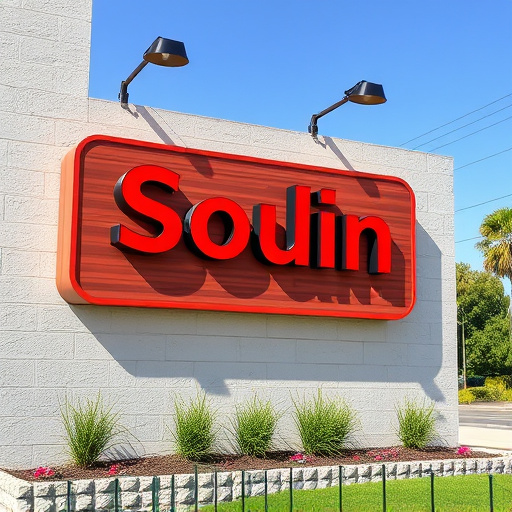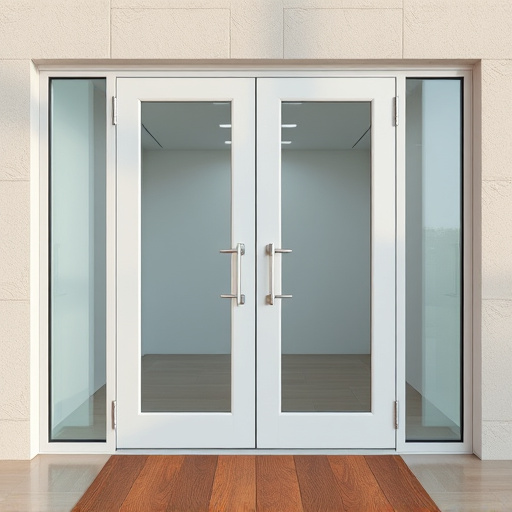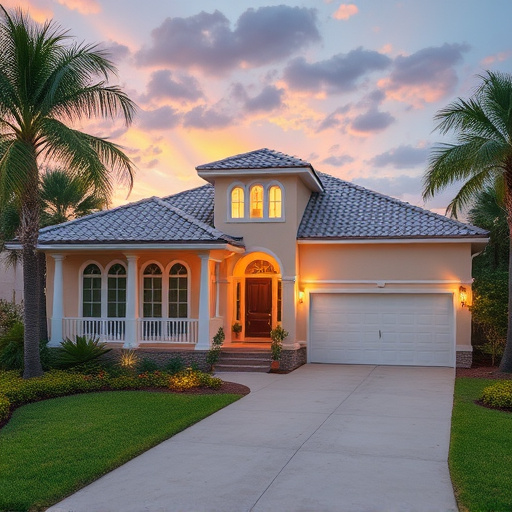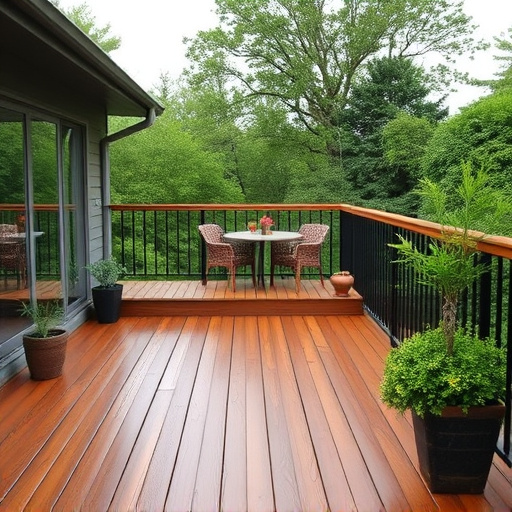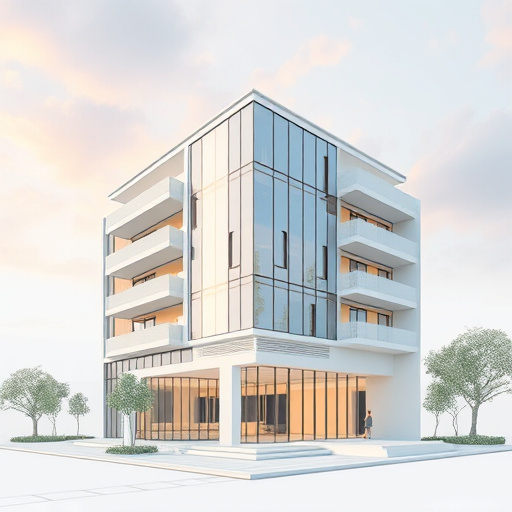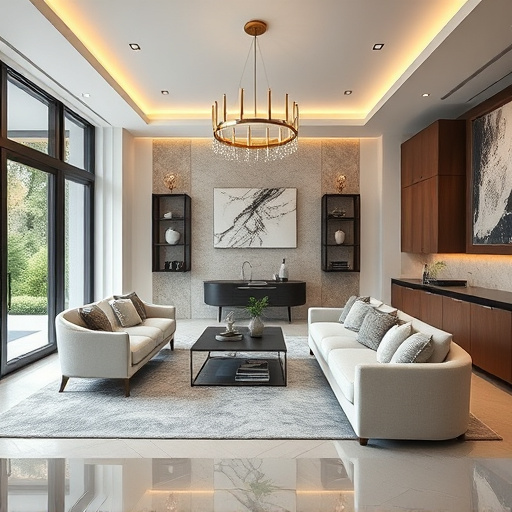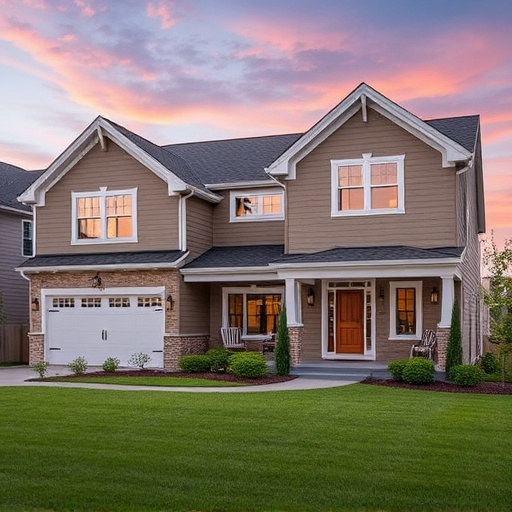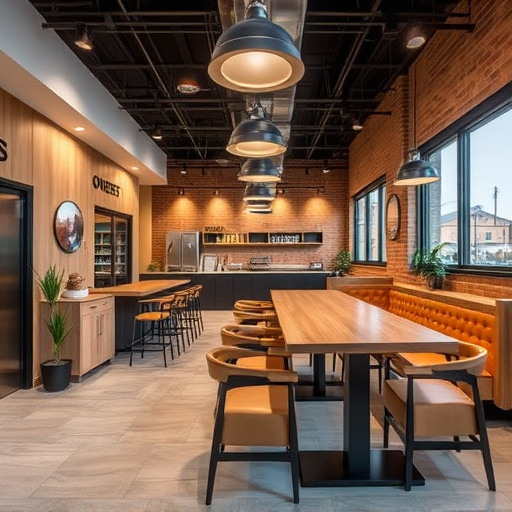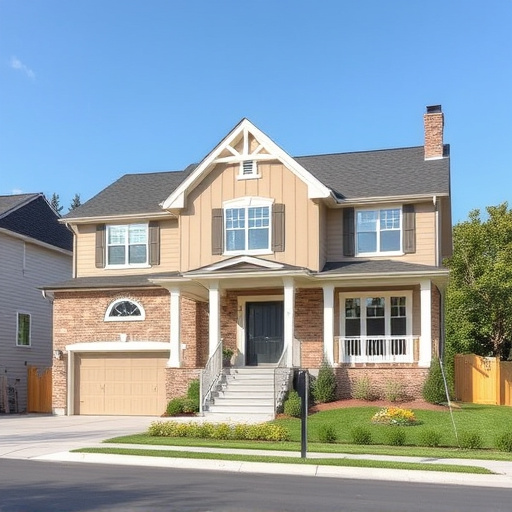In today's environmentally conscious market, a commercial upgrade focused on energy efficiency offers a win-win for businesses. By integrating sustainable practices like improved insulation, advanced lighting systems, natural light optimization, smart thermostats, and renewable energy sources, companies can reduce operational costs, decrease their environmental impact, and create healthier working environments. These upgrades not only enhance a business's public image but also attract eco-conscious customers and employees. Successful case studies demonstrate that energy-efficient solutions can significantly reduce energy consumption without compromising aesthetics or functionality.
In today’s eco-conscious landscape, energy-efficient solutions are not just beneficial but essential for modern commercial upgrades. Businesses are recognizing the significant impact of reducing operational costs and minimizing environmental footprints. This article explores the critical role of energy efficiency in commercial renovations, offering insights on implementing green initiatives. We present compelling case studies demonstrating successful transformations, providing a roadmap for navigating the path to sustainable and cost-effective commercial spaces. Discover how these strategies can revolutionize your upgrade process.
- Understanding the Importance of Energy Efficiency in Commercial Upgrades
- Implementing Green Solutions for Maximum Impact
- Case Studies: Successful Energy-Efficient Commercial Upgrades
Understanding the Importance of Energy Efficiency in Commercial Upgrades

In today’s environmentally conscious world, energy efficiency is no longer an option but a necessity for commercial upgrades. Businesses that integrate sustainable practices into their renovation plans are not only contributing to a greener planet but also reaping significant financial benefits. Energy-efficient solutions, ranging from improved insulation and lighting systems to advanced HVAC technologies, play a pivotal role in reducing operational costs and enhancing the overall efficiency of commercial spaces. By adopting these measures, businesses can achieve substantial long-term savings, making their operations more sustainable and cost-effective.
A commercial upgrade that prioritizes energy efficiency is not just about installing eco-friendly appliances; it involves a holistic approach to building design and management. Incorporating strategies such as natural lighting optimization, smart thermostats, and renewable energy sources into home additions or home transformations ensures that these spaces are not only modern but also responsible. home improvement services that focus on energy efficiency not only provide aesthetically pleasing and functional results but also contribute to the overall well-being of the planet, making them a viable and desirable option for forward-thinking businesses.
Implementing Green Solutions for Maximum Impact

In the realm of commercial upgrades, implementing green solutions is no longer an option but a necessity. Businesses are increasingly recognizing the significant impact of sustainable practices on both their bottom line and environmental footprint. By integrating eco-friendly measures such as energy-efficient lighting, smart thermostats, and high-performance insulation during a commercial upgrade, businesses can achieve substantial long-term savings on utility bills while contributing to a greener planet. These solutions not only reduce energy consumption but also enhance indoor air quality and create healthier working environments for employees, leading to improved productivity and satisfaction.
A comprehensive commercial upgrade goes beyond mere aesthetics; it involves a strategic approach that considers the entire building lifecycle. Customized work tailored to specific business needs, such as multiple room remodels or interior painting, can be seamlessly incorporated into a green strategy. For instance, choosing low-VOC (volatile organic compound) paints and finishes not only reduces indoor air pollution but also allows for easier recycling of materials at project completion. Such thoughtful, sustainable practices not only benefit the environment but also position businesses as responsible corporate citizens, fostering positive public relations and potentially attracting eco-conscious customers and employees.
Case Studies: Successful Energy-Efficient Commercial Upgrades

In recent years, numerous commercial upgrade projects have successfully embraced energy-efficient solutions, demonstrating that sustainability and style can go hand in hand. These case studies showcase how businesses are transforming their spaces while significantly reducing energy consumption. For instance, a retail store underwent a comprehensive upgrade, focusing on natural lighting and advanced LED lighting systems. By optimizing the use of daylight and implementing smart controls, they achieved a 40% reduction in electricity bills without compromising aesthetics. This approach not only benefits the environment but also creates a brighter, more inviting shopping experience for customers.
Another inspiring project involved a historic office building that underwent a green makeover, including a customized work interior painting scheme. The renovation utilized energy-efficient appliances and systems, such as high-performance insulation, energy-star rated windows, and smart thermostats. Moreover, the kitchen and bath areas were upgraded with water-saving fixtures and appliances, leading to a 30% decrease in overall energy and water usage. These case studies highlight that efficient solutions can be tailored to various commercial spaces, offering both financial and environmental benefits.
In conclusion, a commercial upgrade that prioritizes energy efficiency is not just an environmentally conscious choice but also a strategic decision for long-term cost savings. By implementing green solutions, businesses can achieve significant energy reductions and enhance their operational sustainability. The case studies presented demonstrate the diverse and impactful nature of energy-efficient upgrades, offering valuable insights for those looking to navigate the path towards a more sustainable future in the commercial sector.
